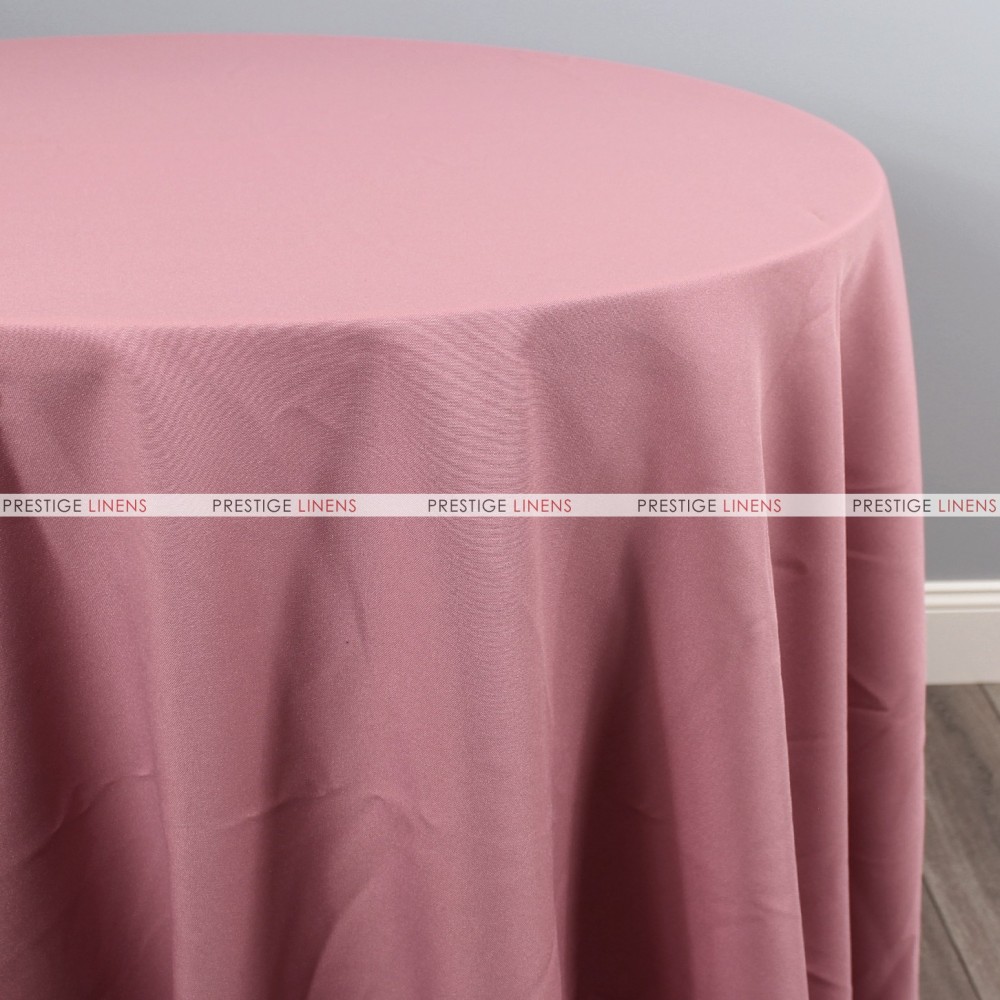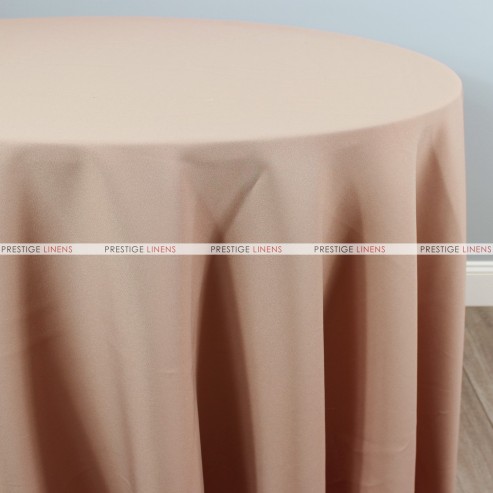Elegant Table Cloths: Perfect Choices for every single Occasion
Linen Textile Developments: Exploring Modern Trends and Creative Applications in Design and Fabric Industry
From lasting manufacturing techniques to advanced weaving technologies, the advancement of linen is reshaping the landscape of the fabric industry. As we dive right into the realms of imaginative layout applications and the introduction of linen blends and hybrid fabrics, a new phase unfolds in which bed linen's duty in future textile technologies takes center phase.
Sustainable Practices in Linen Production
Lasting practices in linen production have actually ended up being progressively vital in the fabric industry's efforts to reduce ecological impact and advertise ethical sourcing techniques. Bed linen, a natural fiber stemmed from the flax plant, supplies a variety of advantages such as sturdiness, biodegradability, and breathability. However, conventional methods of linen production can involve significant water consumption, chemical use, and energy-intensive processes.
To resolve these difficulties, several fabric manufacturers are adopting sustainable techniques throughout the bed linen manufacturing procedure. This consists of sourcing flax from organic farms that avoid damaging pesticides and chemicals, executing water-efficient retting strategies to remove fibers from the flax stalks, and using eco-friendly dyes and surfaces. In addition, some business are spending in eco-friendly energy sources to power their production centers and minimizing waste with recycling and upcycling efforts.
Technological Advancements in Bed Linen Weaving
With the expanding focus on sustainable methods in bed linen manufacturing, the fabric market is now seeing a rise in technological advancements especially focused on transforming the art of linen weaving. These innovations are improving the method bed linen materials are generated, providing raised performance, high quality, and creative thinking in weaving strategies.
One of the crucial technological developments in linen weaving is the assimilation of electronic looms. These sophisticated looms are outfitted with software that enables complex and detailed layouts to be woven with accuracy. By digitizing the weaving process, manufacturers can attain higher consistency and accuracy in their bed linen materials.
Moreover, innovations in thread spinning modern technology have actually made it possible for the production of finer and even more resilient bed linen threads - table cloths. This results in softer and smoother linen materials that preserve their quality even after several usages and laundries
Additionally, the advancement of environmentally friendly dyeing processes and coatings for linen fabrics is acquiring grip. These sustainable methods not only lower the ecological effect however also deal with the enhancing consumer demand for fairly generated fabrics.
Creative Style Applications for Linen
Innovative creative techniques are progressively forming the creative layout applications for linen in the textile market. Linen's all-natural visual allure and capacity to blend with various other fabrics make it a favorite choice for creating one-of-a-kind garments and accessories that provide to the eco mindful consumer.
Furthermore, designers are try out linen in home design, utilizing its breathable and resilient nature to craft fashionable furnishings such as drapes, bed linen, and furniture. The texture and drape of bed linen bring a feeling of sophistication and convenience to interior rooms, including a touch of elegance to contemporary homes.

Bed Linen Blends and Crossbreed Fabrics

Hybrid fabrics, on the various other hand, take the principle of my latest blog post mixing a step further by integrating extra aspects such as metal strings, recycled products, or conductive fibers. These innovative fabrics not only increase the style possibilities however additionally present useful aspects like conductivity, antimicrobial residential properties, or improved toughness. Crossbreed materials are increasingly being made use of in numerous markets, consisting of style, interior design, and technological textiles, where the need for multifunctional materials gets on the surge.
Bed linen's Duty in Future Textile Innovations

In the realm of future fabric developments, linen is anticipated to be a principal in the growth of innovative functional materials. Scientists and developers are exploring means to improve linen's inherent top qualities with technical innovations, such as including clever fabrics, nanotechnology, and efficiency surfaces. These innovations intend to boost bed linen's efficiency characteristics, making it ideal for a broader range of applications, from activewear to safety clothing.
In addition, the mix of bed linen with other natural or synthetic fibers opens endless opportunities for developing unique textiles with unique properties and performances. By leveraging bed linen's qualities and exploring cutting-edge blends, the fabric market is positioned to present exciting advancements that accommodate evolving customer requirements and sustainability needs.
Final Thought
To conclude, the expedition of sustainable methods, technical improvements, creative style applications, linen blends, and its function in future textile innovations highlight the continual development of linen material in the modern-day layout and fabric industry. With an emphasis on advancement and imagination, the convenience and environmentally friendly nature of linen make it a valuable product for manufacturers and designers alike, leading the way for more developments and innovations in the field of textiles.
As we dig into the realms of innovative style applications and the introduction of bed linen blends and hybrid materials, a new chapter unfolds in which bed linen's duty in future fabric developments go now takes center phase.
Discovering the blend of linen with other materials has led to the introduction of innovative blends and hybrid textiles in the contemporary textile market. Bed linen blends supply an unique combination of the characteristics of linen with those of other fibers, resulting in fabrics that have improved residential or commercial properties such as boosted longevity, boosted click over here now draping, and lowered wrinkling.The advancement of bed linen blends and hybrid materials has actually set the phase for Linen to play a pivotal duty in driving future textile innovations.In the world of future textile innovations, bed linen is expected to be a vital player in the growth of sophisticated useful fabrics.